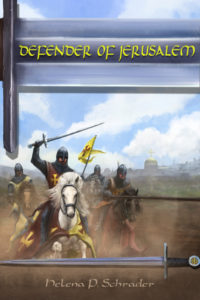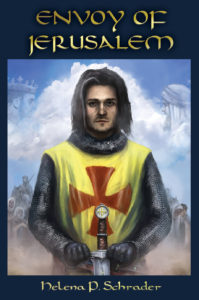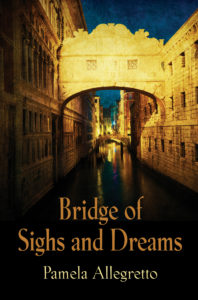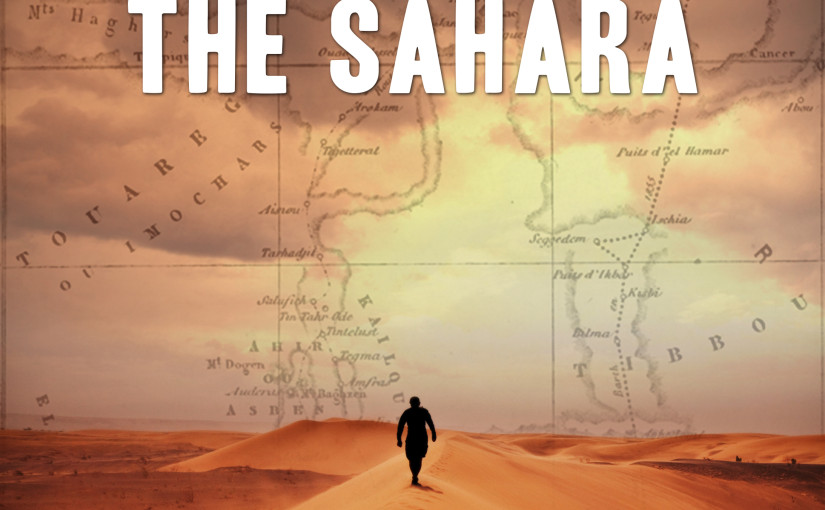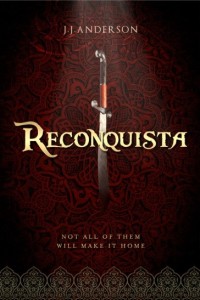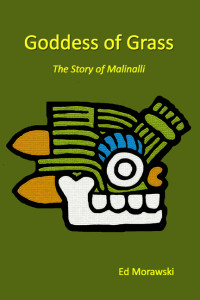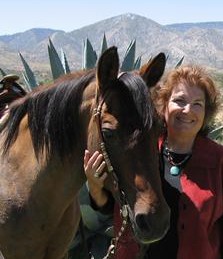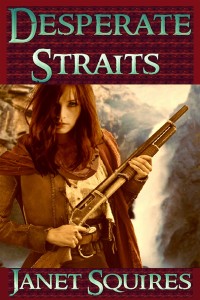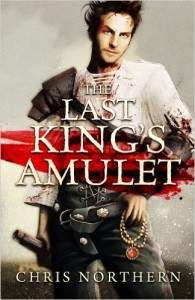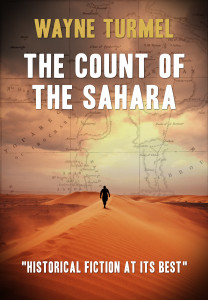As I’ve said before, what qualifies as historical fiction is open to debate. For some writers it’s slavish devotion to the facts. For others it’s a setting that opens up room for the thousand “what ifs?” that make a great story. In the case of Barbara Barnett it’s kind of all of the above. Her newest book, The Apothecary’s Curse checks the “all of the above” box.

So Barbara, is a busy, busy girl….
She is Publisher/Executive Editor of Blogcritics Magazine,
(blogcritics.org) an online magazine of pop culture, politics and more, She has published more than 1,000 in-depth interviews with writers, actors and producers, as well as essays and criticism. Her book on the TV series House, M.D., Chasing Zebras: THE Unofficial Guide to House, M.D. is a critically-acclaimed and quintessential guide to the hit show. She is an accomplished speaker, an annual favorite at MENSA’s HalloWEEM convention (author’s note… Cool. Also, showoff!), where she has spoken to standing room crowds on subjects as diverse as “The Byronic Hero in Pop Culture,” “The Many Faces of Sherlock Holmes,” “The Hidden History of Science Fiction,” and “Our Passion for Disaster (Movies).” This autumn, she will reprise her MENSA appearance with “The Conan Doyle Conundrum.” She is a member of SFWA (the Science Fiction and Fantasy Writers Association), and is current president of the Midwest Writers Association.
So give us the Readers Digest version, what’s the book about?
History meets fantasy meets science meets Arthur Conan Doyle. The Apothecary’s Curse weaves Celtic mythology, the science of genetics, alchemy, life in early Victorian London, and the world of Arthur Conan Doyle into a historical fantasy-mystery, steeped in an apothecary’s cauldron.
The Apothecary’s Curse moves between early Victorian medical society (and the dregs of London’s worst neighborhoods) and a modern North Shore Chicago community, as a gentleman physician an enigmatic apothecary try to prevent a pharmaceutical company from exploiting an ancient book of healing that made them immortal centuries ago.
There’s a lot going on there, and purists might cringe a bit (screw’em). What inspired the story?
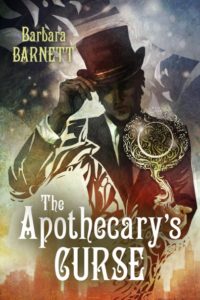
It takes place in Bedlam in 1842. Simon is seeking insight into his own mortality when he learns of a prisoner in the infamous asylum who, like him, seems to be indestructible (at least physically). Arranging to see this prisoner, who has for five years been tortured and has been the subject of medical experimentation by a proto-Mengele figure—a “mad” doctor, Simon discovers that it is Gaelan, who had supposedly been executed five years earlier at Newgate Prison for murder.
The reunion, fraught with tension and bad feelings is a pivotal moment in the novel. (I can’t say more than that without spoilers 🙂 )
Fair enough. Now that we’ve baited the hook, where can people find your work?
The Apothecary’s Curse will be available October 11 at most online and brick and Mortar bookstores. Here are the pre-order and information links. City Lit Books in Logan Square is hosting a launch party of the book on October 20. If readers are interested in receiving an invitation, they can email me at barbara.barnett@barbarabarnett.com
Website: barbarabarnett.com
Goodreads page: https://www.goodreads.com/book/show/29236424-the-apothecary-s-curse
Twitter: Twitter.com/B_Barnett
Facebook: Facebook.com/BarbaraBarnettAuthor



